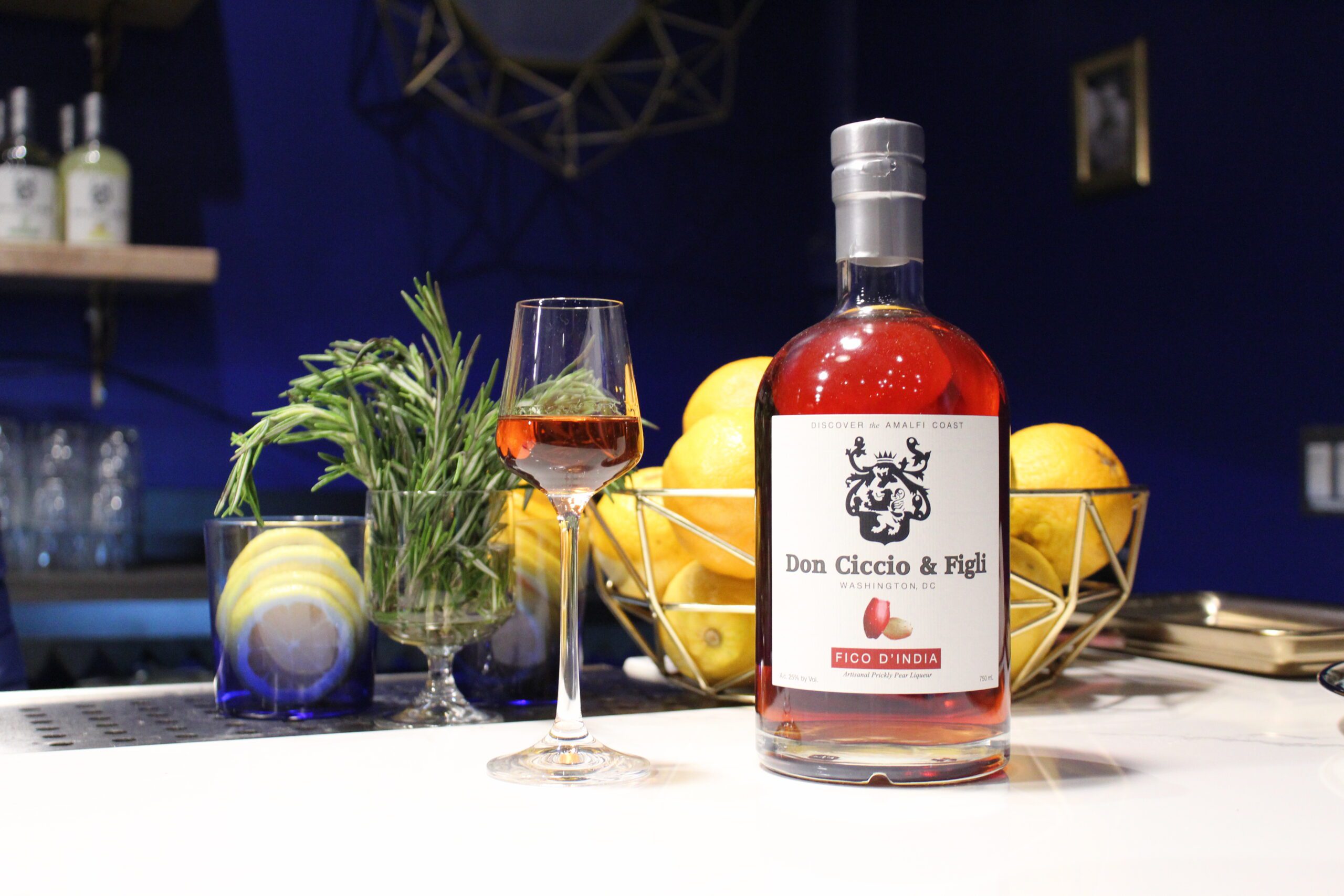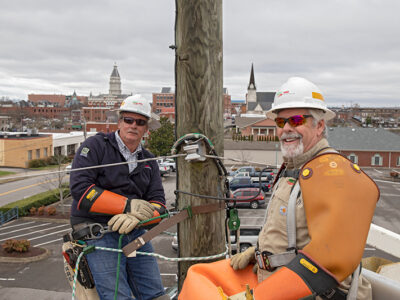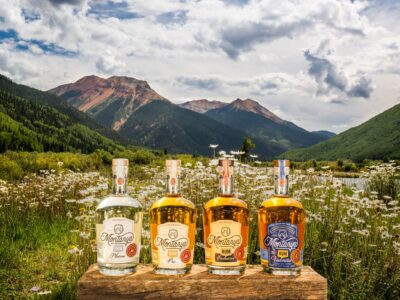Right now, almost everyone is craving a little bit of travel. While any plans to visit the vistas and villas of Italy’s Amalfi coast are currently on hold, at least our taste buds can be whisked away to the sweet, savory, and sublime flavors of small batch Italian liquors made right here in the nation’s capital. Thanks to the hard work and entrepreneurship of Francesco “Ciccio” Amodeo, presidente and master blender of Don Ciccio & Figli, the same flavors that tantalized the people of the Amalfi Coast over a century ago have been reborn in the United States. To understand the heritage and history of these recipes, you must first travel back to the summer of 1883 and the steep cliffs and stunning coastline of the Mediterranean Sea.
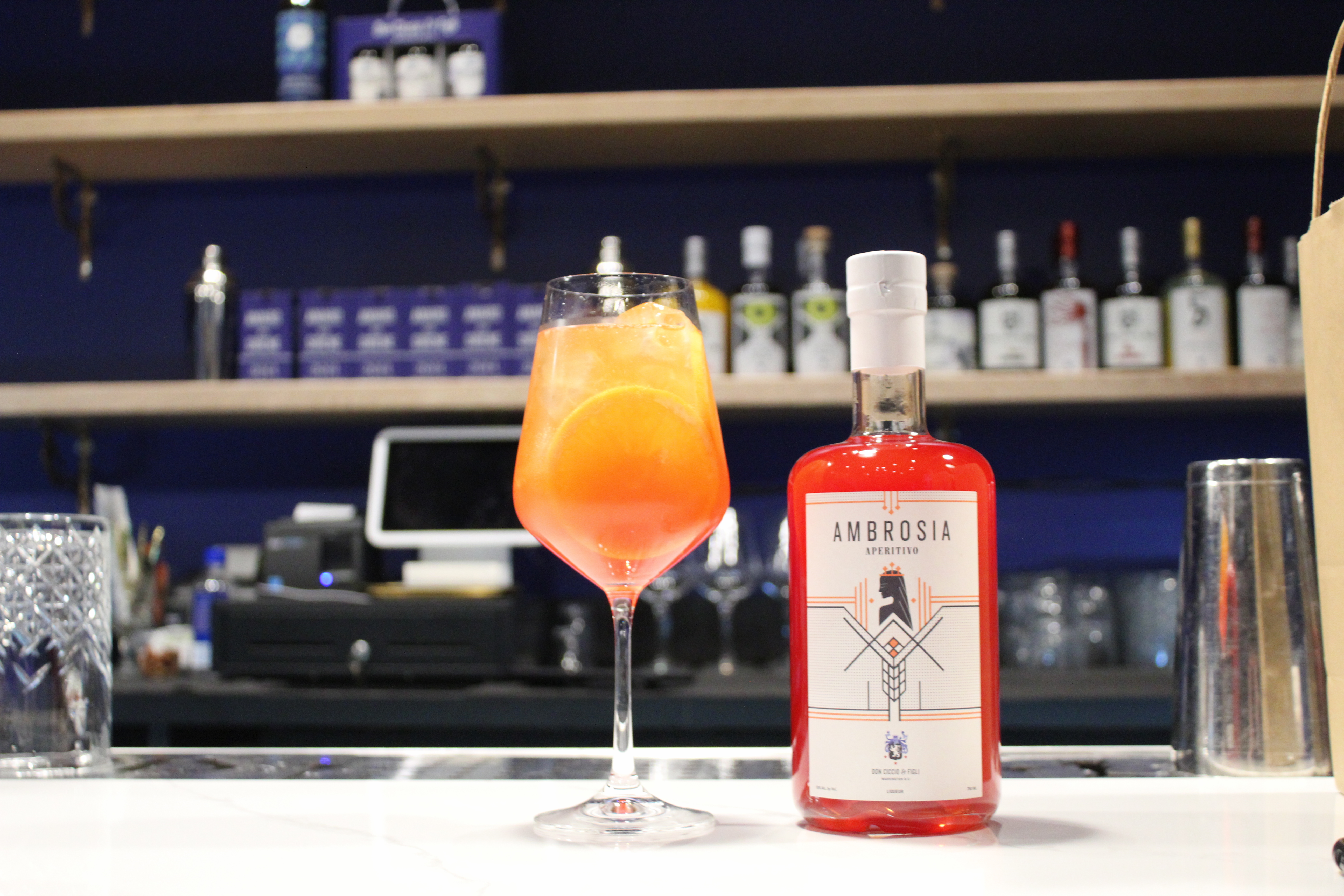
A Bitter and Sweet History
In the ancient, sundrenched town of Altrani, a village perched in the high cliffs of Amalfi, Vincenzo Amodeo became the first in his family, but certainly not the last, to craft the finest liquors in the country. His dark, bitter amaros and sweet, acid limoncellos graced the lips of family and friends all over southwest Italy and became a staple in the busy kitchens and well-stocked wine cellars dotting the countryside. Vincenzo wrote these recipes down and preserved a legacy of liquors that thrived for the next 50 years, and the days were full of booming laughter, fresh pasta, and good spirits. Then the first World War rocked Europe.
With battles raging across the continent, the Amodeos struggled to produce their famous liquors, literally scraping the bottom of the barrel. Then the fire under the stills went out. People didn’t need spirits–– they needed shelter and roads. They needed Italy. So the Amodeos locked the family recipes away and set to work rebuilding Italy from the ground up. Just as they were finishing, another World War broke out. Despite all the bombs, occupations, and raids, the family recipes survived, waiting for an Amodeo to ignite the stills and carry on the family craft. The stills gathered dust until 1951, when the first Don Ciccio, Francesco’s grandfather, unfurled the old family recipes, joined forces with his brother-in-law, and built a beautiful distillery among the winding paths and hidden beaches of Furore. So the spirits began to flow again, crafted precisely the way they had been before the wars broke out. The family business thrived for almost 30 years, and then an earthquake rattled Furore, swallowing lemon groves and shaking the family distillery to the ground.
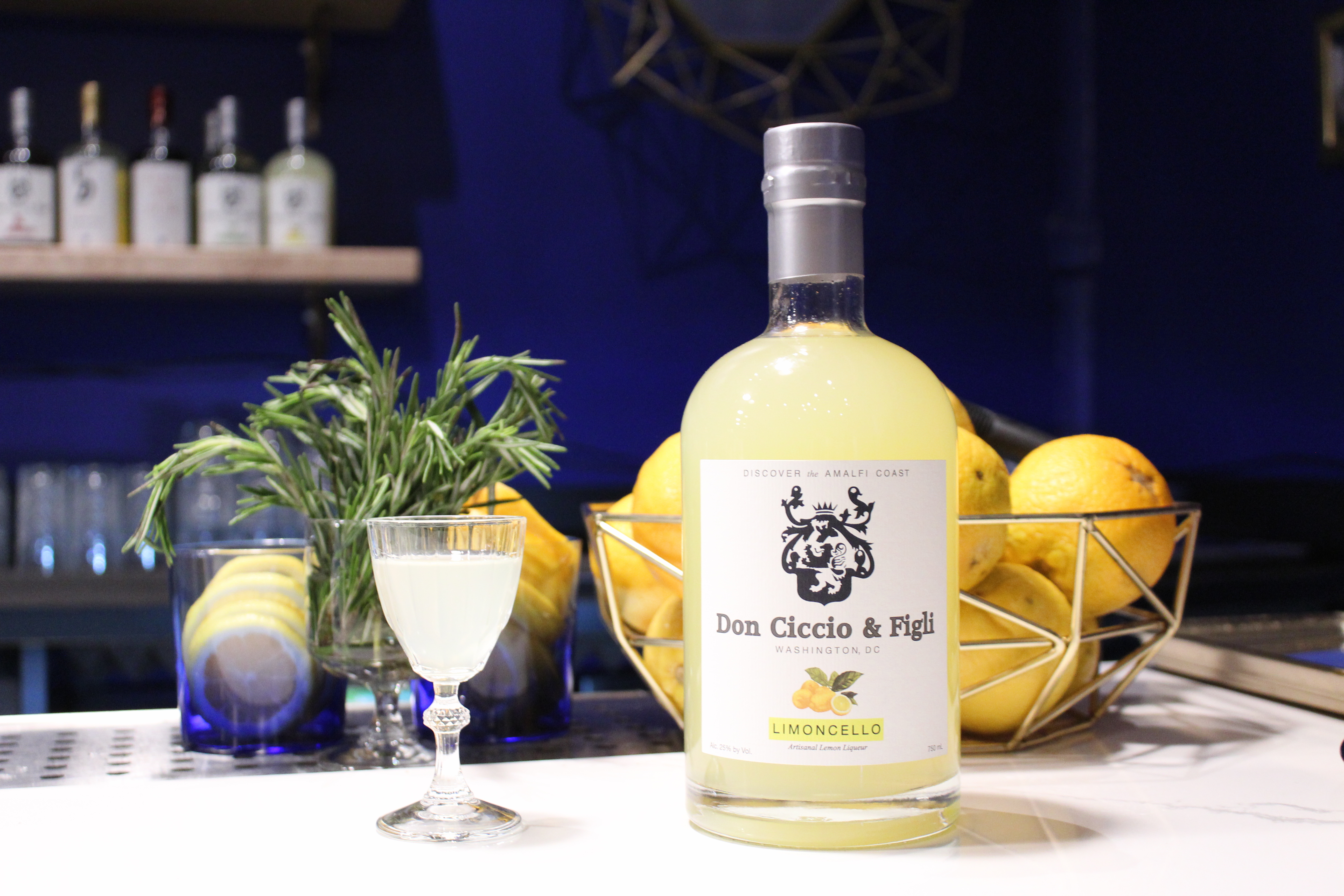
Locals said it would be the end of the Amodeo legacy, and that Don Ciccio’s spirits would never be seen again. Many years later, 14-year-old Francesco Amodeo, the grandson of the first Don Ciccio, took his first job under the mentorship of the legendary Italian winemaker, Marisa Cuomo. Francesco continued his culinary education at the family restaurant in Positano where his uncle put him behind the bar. Surrounded by liqueurs, citruses, and surreal flavors, Francesco found his true calling. An instinctive epicurean, he traveled Europe then returned home to bartend at the finest resort in Furore. As Francesco began to speak with American guests at the bar, he realized many of them were coming for him––for the cocktails he created. “So people would come to the hotel asking for us specifically for these cocktails,” Francesco shared with The Business Download. “We crafted the structure of these cocktails to be very high in nutrients with the lowest amount of calories.”
In this pool of guests, Francesco met a D.C. lawyer, who invited him to come stay with him in the District. “You know, I’ve been to all these places, and I’d never been to America,” Francesco said. “So I came. I basically walked D.C., and I experienced that it was perfect for me–it was not too busy. It was just a random amount of craziness. So, it’s not too far away from what I was accustomed to on the Amalfi Coast.” Once he landed in the nation’s capital, he put his masterful skills to good use behind the bar, rapidly rising through the ranks, opening restaurants and bottling his own spirits in the back of the kitchen after the chefs returned home. When one limoncello collector tasted Francesco’s lemon liqueur, the man approached him about going into business together to produce the spirits full-time.
Taking its Sweet Time
At the age of 29, Francesco Amodeo, the third Don Ciccio, unfurled the recipes his family had stored in Furero and poured all of his time and energy into giving the family business new life in the United States. After outgrowing its first space in Manor Park, Don Ciccio & Figli now operate out of a new, state-of-the-art facility in D.C.’s Ivy City neighborhood. They are distributing to 45 states across the country, and their new bottling line cuts the time from barrel to bottle fourfold. Despite all of this growth and success, Francesco is committed to making the family spirits the right way and that takes time.
“Never compromise the flavor,” Francesco shared, “always respect the ingredients.” At Don Ciccio & Figli, Francesco only uses natural ingredients and he buys as locally as possible with the most of the fruits, vegetables, and botanicals coming from US farmers. His amaros and aperitivos require between nine and 30 botanical ingredients. To produce cordials like limoncello and mandarinetto, Francesco works with fresh fruits and vegetables such as nine varieties of lemons and fresh tangelos and mandarin oranges. Each spirit is designed for versatility, meaning it can be sipped on its own or blended into a decadent, complex cocktail.
Most commercial cordials rely on extracts or powders to cut down on production time because using these natural ingredients requires a much longer time commitment. “By using natural resources that mother nature gives, our steps and our preparations take a little bit longer,” Francesco said. “We cannot flip a case of a product in two days, it takes about three months.”
The result is a liqueur made with patience, and enjoyed the same way it was in Italy over a century ago. Francesco’s seven-step mixing process creates ancient Italian flavors for a contemporary audience. Tapping into the family’s cellar to taste his grandfather’s spirits, Francesco blends the old country with the new world. His work is a testament to how family traditions can be reborn in the United States.

